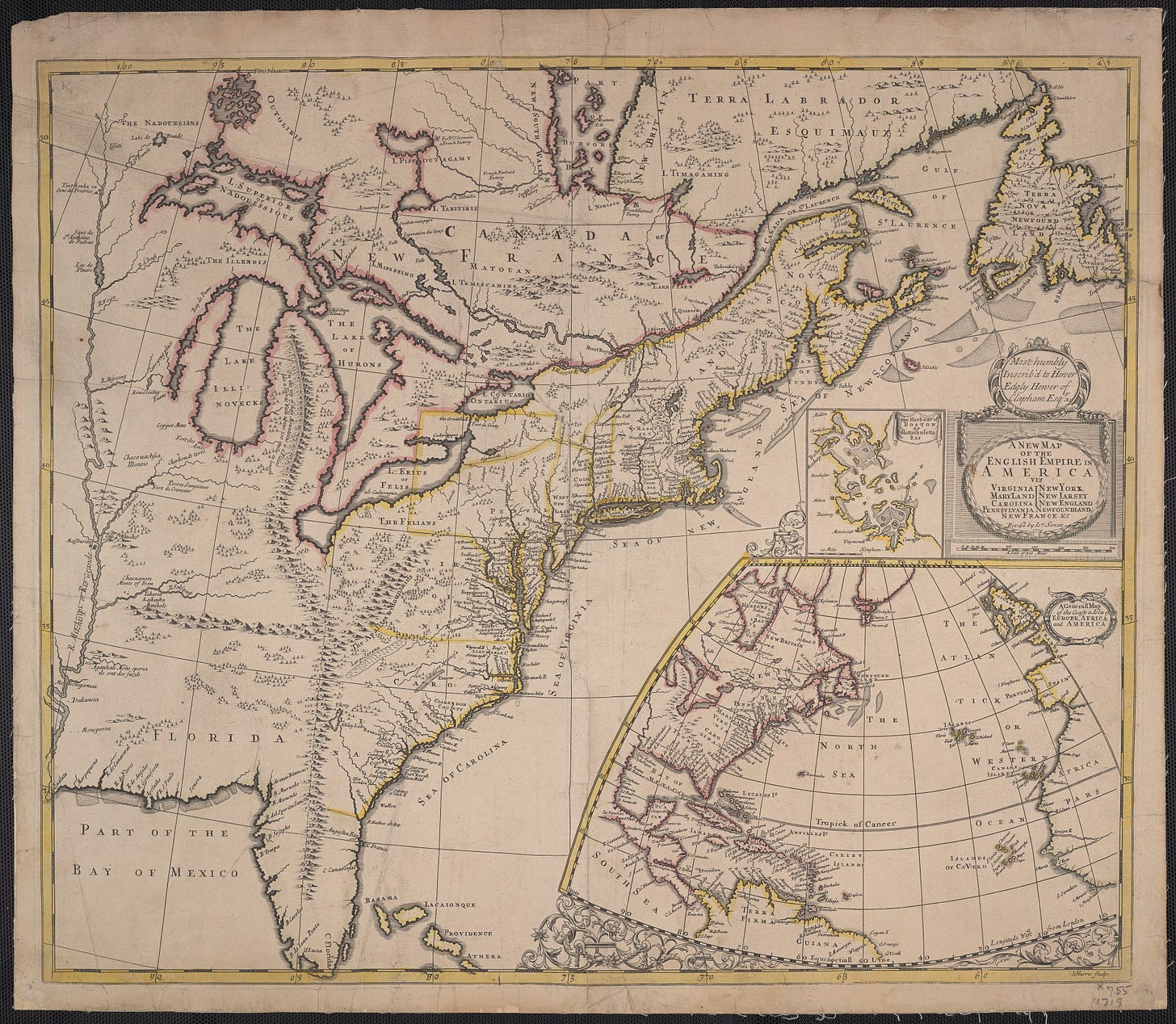Review of Greene's "The Negro in Colonial New England." (1942)
Lorenzo Johnston Greene, The Negro in Colonial New England: 1620-1776 (New York: Anteneum, 1974, org. 1942), 336.

Lorenzo J. Greene (1899-1988), one of the pioneering historians of African American studies and a professor of history for decades at Lincoln University in Jefferson City, Missouri, was one of the earliest to tackle a comprehensive history of African Americans in colonial New England. Published first by Columbia University Press in 1942, this book was an essential landmark in shifting ideas around the role of slavery in New England prior to the American Revolution. Ultimately, Greene is emphatic that slavery was in New England and was promoted by New England culture and was key to the economy. However, he also notes that New England slavery had vast differences that stemmed out of its religious culture and ecological position in the Americas.
The Negro in Colonial New England provides a fascinating exploration of one of the regions of Atlantic world slave trading and commerce. While never remotely as statistically significant as the southern colonies or the British Caribbean, what is noteworthy is Greene’s exploration of the essential nature of slavery to the early New England economy. He notes how many elites in New England, particularly in Rhode Island, built substantial fortunes based on their role in the slave trade. He also factors in the role of enslaved people throughout the colony who worked in every industry. This is one of Greene’s greatest strengths in the comprehensiveness that captures numerous references to African Americans, buried in various archives throughout New England. Furthermore, his research illustrates the economic impact of slave trading and its power in the colonial world in connecting New England to the West Indies.
Another important point made by Greene, that is sometimes lost in modern rhetoric, is that New England slavery was different from the South. Noting that many laws were routinely disregarded or ignored that were overly harsh, he further notes how though there was violence in New England slavery and brutality, it was not on the same scale as other areas of the English and later British Empires. This is important, in part because it reflects a willingness of Greene to concede to pro-New England scholars that indeed, the region was different. However, his intervention, showing the amount and persistence of slavery throughout the colonial period through his eleven chapters adds an important contribution.
What this book lacked however was grappling with the challenge of if slavery was so important to the economy, why did so few invest in it? For scholars reading Greene in the 21st century, the work of slavery’s capitalism has illustrated not only the intense profitabilty of slavery, but its usefulness across regions. If that is the case, why did slavery not expand further in the population? Greene also does not quite capture the role of the Second Great Awakening at breaking some of slavery’s power in the region and across the Americas.
While certainly this is an older book, there are still questions I want to find answers to. First, did African cultures appear in sources of Colonial New England? Where did runaways go to in colonial New England? What role did slavery play in Great Awakening New England? This perhaps best shows how useful Greene’s work is still today. It has the capacity to still inspire questions, in part a result of Greene bringing a mountain of sources to bear and letting the sources speak for themselves, regardless of whether they fit conventional narratives.
Robert Swanson



